They say soup is food for the soul. And what is the soul of the soup?
Some may have guessed, it's vermicelli. What would a soup be without its filling and unexpectedly delicious ingredient - vermicelli?
This macaroni product from the pasta family hardly exists as an independent dish, but it is an indispensable part of the best soup recipes, it is also preferred as a side dish in Eastern cuisine.
What else can vermicelli be used for, where does it come from and what is its production technology? These are curious questions for everyone tempted by the secrets of the culinary art, and also for lovers of soup - the food for the soul with its unchanging appetizing addition, simply called vermicelli.
Essence, etymology and appearance of the pasta product
When we eat delicious pasta, we usually do not realize that we are eating one of the most ancient foods in origin. Their use and production are rooted really deep in antiquity.
They are believed to have been first produced by the Etruscans who occupied the Apennine Peninsula before the Romans.
There are also suggestions that Marco Polo brought them from China. Ancient images suggest that in the 4th century BC in Ancient Egypt, a ritual dish was prepared from durum wheat, the purpose of which was to show the dead the way to the underground kingdom of Osiris.
The Jewish tribes also became familiar with the valuable food product, and it was valued too highly by the Arab tribes, who immediately included it in the main food during campaigns. They called it maccarruni, which comes from the words "knead" and "crush" and that meant all dried pasta products.
Over time, in order to distinguish the individual pastas, people gave each one a separate name, as well as diversified the production of different types of pasta.
Classification of pasta products
Pasta is classified according to three main characteristics: composition, shape and length.
According to the composition, it is ordinary and enriched. The regular one contains only flour and water. The great variety in the assortment of ordinary pasta is due to the shape and length. The nutritional value of all varieties in this group is the same.
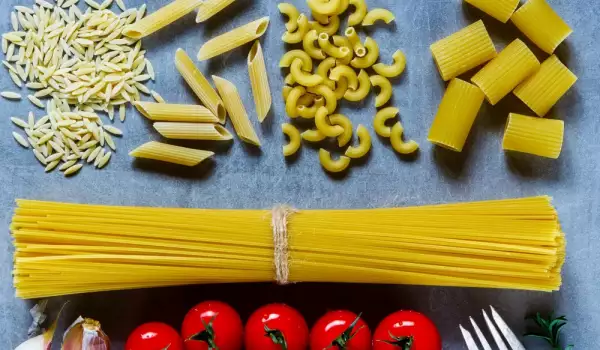
Enriched are a large group, since the additional raw materials are many, although they are in small quantities. Most often they are eggs and egg products, but also vegetables, milk and dairy products and others.
According to the shape, they are divided into: tubular, thread-like, strip-like and figures. In terms of length, they are long, short and small.
The tubes are hollow along their length. The long ones are 150-200 millimeters, the short ones are 50-100 millimeters, and the small ones are up to 50 millimeters.
The long ones are straight along their entire length and their ends are cut perpendicularly.
The tread-like are dense along their entire length. Their diameter is from 0.7 to 3 millimeters. Their ends are cut perpendicularly. They are long or short in length. The long ones are up to 200 millimeters, and the short ones are 15-20 millimeters. The tread-like ones are represented by spaghetti and vermicelli.
Strip-like noodles are represented by different types of noodles - long, short, narrow, wide and of different shapes.
Etymology and origin of vermicelli
The common name pasta also applies to vermicelli. It is a variety of it and consists of dry thin dough sticks of different shapes. They are often offered rolled up and are mainly used in cooking soups.
The name of this type of pasta is different in different languages, and the variations in shape and composition are understandable given the different culinary traditions.
Italians call it vermicelli and offer it as a hard dried wheat pasta with a stringy shape. The name itself translated from Italian is worms.
In Spanish, the word Fideo means noodles. In Spanish-speaking countries, the word for vermicelli also refers to other types of pasta, while in Spain it is reserved only for pasta, similar to spaghetti.
Essence and description of vermicelli
Vermicelli are a pasta product in the form of a thick stick of dough. It is a semi-cooked product that cannot be used for direct consumption, but becomes edible after cooking.
The dense thin strands of vermicelli are round in cross-section, with a larger diameter than spaghetti. Their diameter is from 0.5 to 1.5 millimeters.
They are available straight and long or wrapped like a nest.
According to the classifications, vermicelli in composition are ordinary pasta, in shape they are stringy and dense, and in length they can be offered both long and curled.
Flour requirements for vermicelli production
The main raw material for vermicelli production is flour. It is crucial for giving the characteristic properties of the dough and for the quality of the finished pasta product.
Durum wheat is best suited. It fully meets the requirements for flour quality. Contains relatively high and good quality total protein, strong and extensible gluten and carotenoids. Due to these ingredients, vermicelli when boiled do not becomes mushy, do not stick together and have a pleasant taste and color.
The disadvantage is that it gives a small yield. Italy is the big producer in Europe and this is quite understandable given the huge share of pasta in their diet.
In our country, noodles are produced from soft wheat varieties, due to higher yields and low consumer requirements. Therefore, it does not have the qualities of a durum wheat product.
Vermicelli production technology
For many years, the development of technologies for the production of pasta, and in particular vermicelli, continues. Around 1870, the first hydraulic presses appeared in Italy, followed by the first mechanized machines powered by steam or hydraulic power.
In 1933, the first true and fully automatic press was created by Mario and Joseph Brabanti from Parma. This marks the beginning of full automation in the production of this type of product.
Variations of recipes for making vermicelli
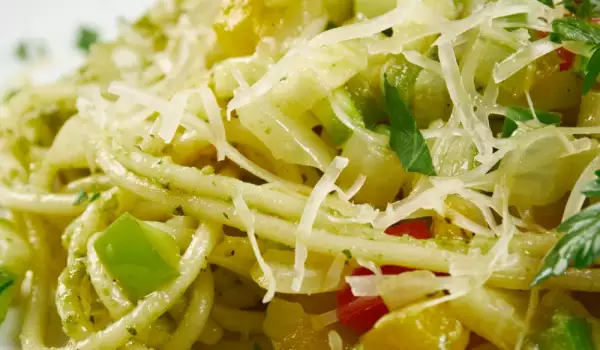
In our country, the main use of vermicelli is in soups, and in Europe it is also found as a side dish to another dish, after it has undergone heat treatment, mainly boiling.
In Egypt, vermicelli are browned by frying in oil or butter, then rice and water are added.
In Somalia, it is used as a sweet dish. Eaten as a dessert or side dish in Somali rice dishes.
In the Indian subcontinent, they use vermicelli to make a sweet dessert similar to rice pudding.
In India they make a popular dish called upma. It is made with dry baked noodles cooked with a choice of vegetables.
Arpa vermicelli - what is it?
This product is also known by the names kritharaki or orzo. It is often confused with rice because it looks like it and is prepared in a similar way.
However, Arpa vermicelli is not a type of rice, but a pasta product and resembles other similar products prepared using the same technology.
It should be pointed out that it is made from barley and in Greece and Italy it is used a lot in various recipes - vermicelli soups, meat dishes, side dishes. It does not dissolve during processing, which is a distinctive feature of all wheat products.
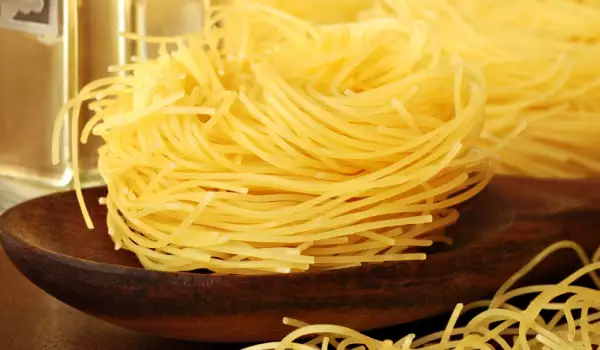
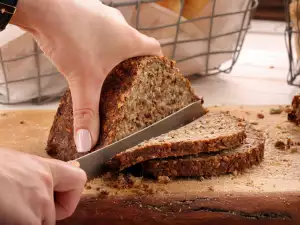

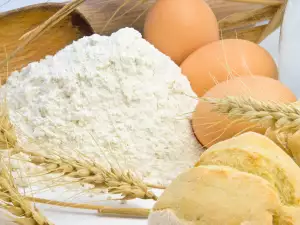
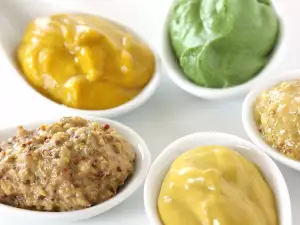
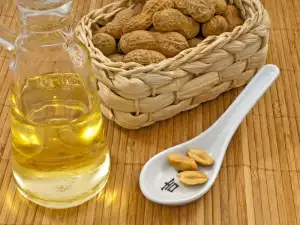
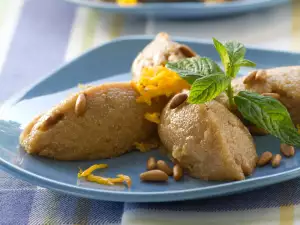
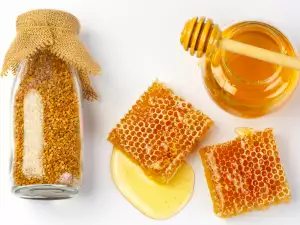
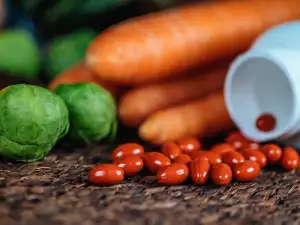
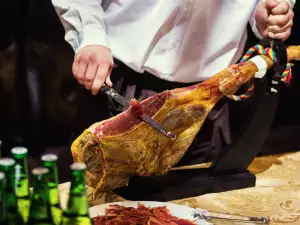

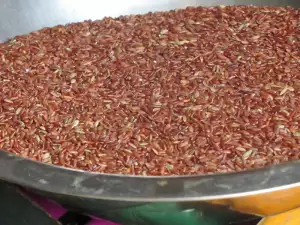
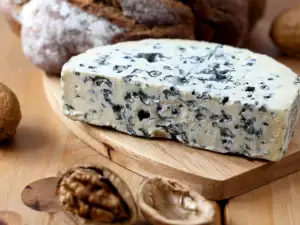
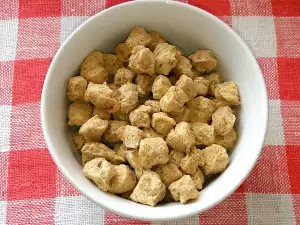
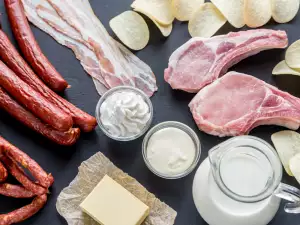
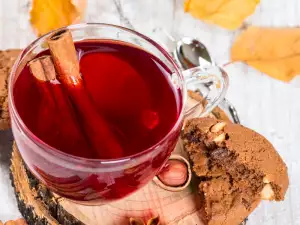




Comments